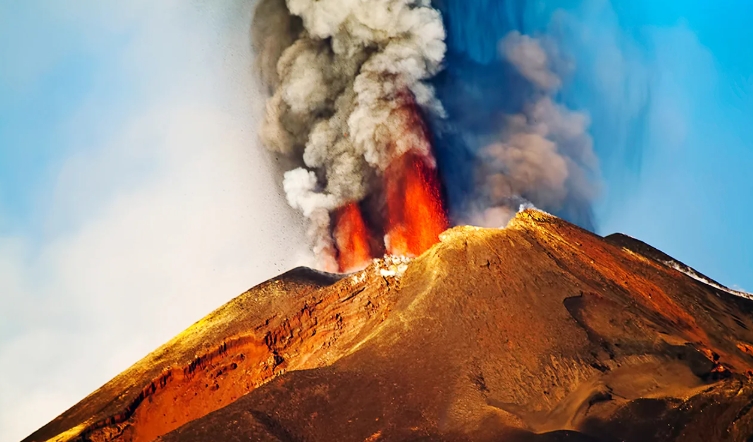Mount Vesuvius, the infamous volcano located in Italy, has captured the attention of travelers and researchers alike for centuries.
Formation and Location: Mount Vesuvius was formed over 25,000 years ago and is located on the Gulf of Naples in southern Italy.
Historical Eruptions: The most famous eruption of Mount Vesuvius occurred in 79 AD, burying the ancient city of Pompeii under a thick layer of volcanic ash and pumice.
Deadly Impact: The eruption of Mount Vesuvius in 79 AD resulted in the death of thousands of people in Pompeii and surrounding areas.
Ongoing Activity: Mount Vesuvius is still an active volcano, with its last eruption occurring in 1944. It continues to pose a threat to the millions of people living in the vicinity.
Scientific Monitoring: The volcano is closely monitored by scientists using a variety of techniques, including seismometers and gas sensors, to predict and prepare for potential eruptions.
Tourism and Exploration: Despite its deadly history, Mount Vesuvius draws in thousands of tourists each year who come to witness its beauty and learn about its explosive past.
Preservation Efforts: The Archaeological Park of Pompeii and the Vesuvius National Park work together to protect and preserve the historical sites surrounding the volcano.
In conclusion, Mount Vesuvius remains a symbol of both beauty and danger, attracting visitors from around the world to explore its deadly past and ongoing activity.

